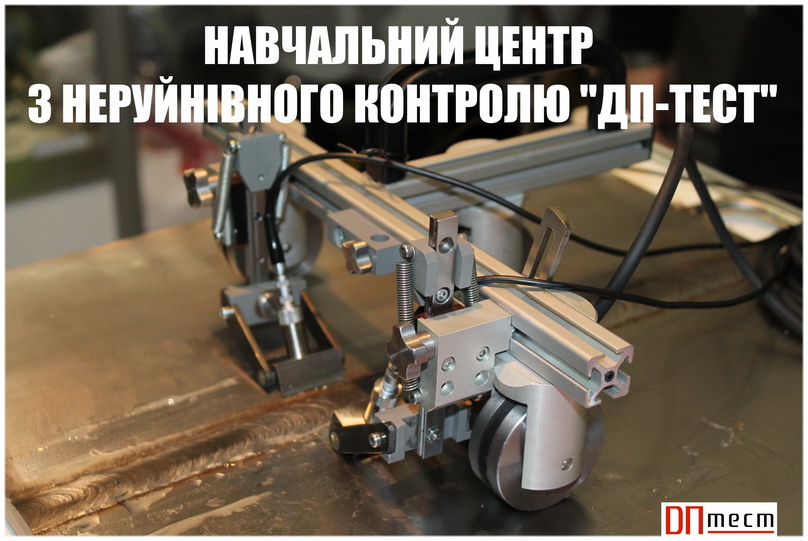The topic of the thesis project is the research and development of an automated bicycle ergonomic adjustment system to increase the speed of selecting the best cyclist's seating position based on anthropometric data to increase comfort and prevent joint injuries during pedaling.
In the course of the work, an overview of existing automated systems for ergonomic adjustment of the bicycle will be conducted, an overview of the principle of operation and load cells, their main types of construction. An overview of the screw-nut transmission, its characteristics, advantages and disadvantages. The modern electrical engineering base is considered, on the basis of which the electrical schematic diagram of the system is built.
Calculations of the required control ranges of the system are carried out. The main components of the movement mechanisms are calculated. The materials were selected and the designs of the stand parts were developed.
- Hits: 187








